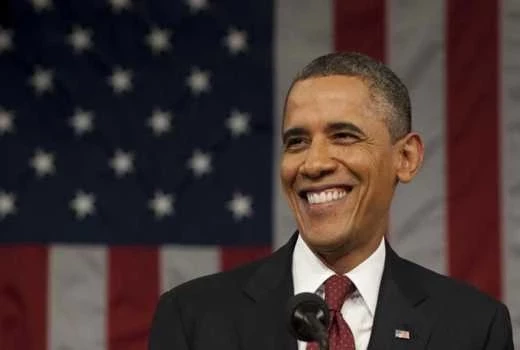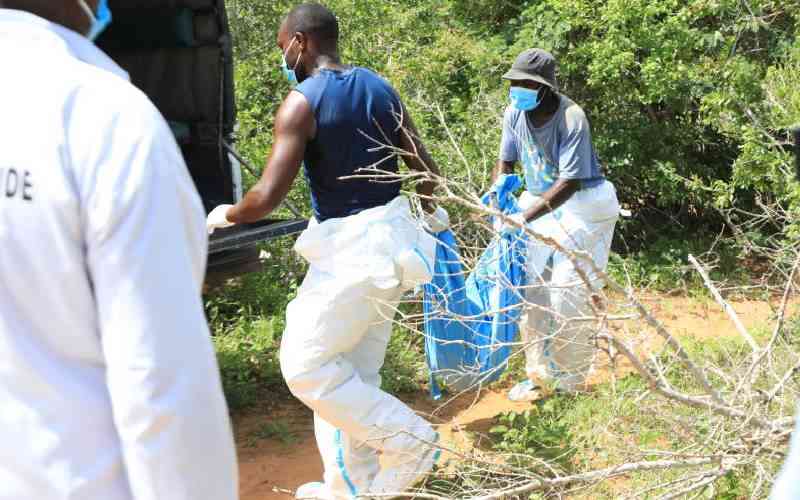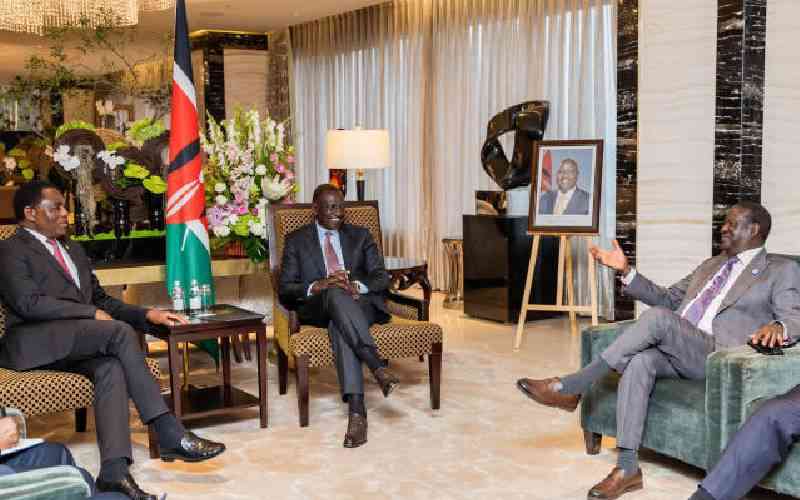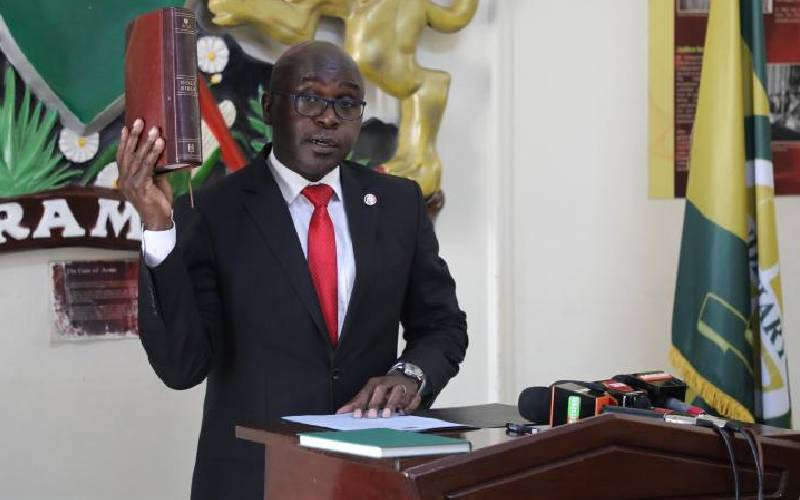By JIBRIL ADAN
Kenyans may have welcomed the election of US President Barack Obama as the 44th president of the world’s only superpower, but details have emerged showing the Government was not ready for his quick policy reversals.
When Obama took over from George Bush, he restructured American foreign policy goals ranging from his country’s wars in Iraq and Afghanistan to the issue of tackling nuclear proliferation.
Obama promised that his country would work for a more peaceful world and would bring to an end the wars it was engaged in.
New details contained in secret diplomatic cables show that Obama had also reviewed US policy in Sudan putting Kenya in a fix following the embarrassing MV Faina saga in which Kenya was exposed in the act of arming the Government of Southern Sudan, in contravention of the peace agreement it had brokered in 2005, as well as a UN arms embargo.
 |
Review by Obama administration of US policy on Sudan put Kenya in a fix over MV Faina saga in which Kenya was exposed in the act of arming the Government of Southern Sudan. [PHOTO: maarufu mohammed/STANDARD] |
Despite proof contained in the bill of lading for the ship showing that the arms belonged to the Government of Southern Sudan (GOSS), Government officials put up a very public show to maintain that the arms belonged to the Kenya Army.
Kenyan officials said the initials ‘GOSS’ indicated on the contract stood for "General Ordinance Supplies and Security", a term never heard of in Kenya’s history.
Captured ship
As Kenyan officials held one press briefing after the other to claim ownership of the arms cargo, the pirates who had captured the ship were revealing to journalists who got in touch with them that documents on board showed that the arsenal belonged to Southern Sudan.
According to the documents, the contract number for the T72 tanks was dated February 15, 2007 and labelled "CONTRACT No. GOSS/T-72/06-07-5/8-1K. Another order, labelled "CONTRACT No. GOSS/ARMS/08-07-3/87- K," listed 36 packages of RPG-7V, which is a type of shoulder-launched rocket-propelled grenade launcher and spare parts. The order also included another six ZPU-4 weapons and packages of spare parts or ammunition.
The ZPU-4 is a Soviet-built anti-aircraft gun composed of four KPV 14.5mm heavy machine guns mounted on a four-wheel carriage called Ural wheelbase.
As Government operatives tried to deny the information in public, in private the Kenyan Government was also going through an embarrassing and somewhat painful moment as they were warned by Ranneberger and other American officials that Obama would impose sanctions on them if they transferred the arms to GOSS.
When the ship was hijacked, George Bush was the president of the US, and understandably, the Americans knew about the purchase of the arms from Ukraine and Kenya’s role to transfer them to the Government of Southern Sudan.
The ship was held for five months and by the time it was released on February 5 2009 after a ransom of close Sh300 million was paid to the pirates, George Bush had left the scene and Obama was by then the world’s most powerful man.
Stay informed. Subscribe to our newsletter
Things started moving from bad to worse for Kenya on the arms issue when Obama moved into the White House. While nobody was buying the claims by Government operatives that the arms were meant for its army, Obama sent a message to the coalition Government that he was ready to impose sanction on Kenya if it went ahead and sent the arms to Juba.
US Deputy Assistant Secretary of Defence Vicki Huddleston and Kenya-US Liaison Office Chief COL McNevin delivered the first American demarche (verbal diplomatic protest) from Obama to the Chief of General Staff General Joseph Kianga and Assistant Minister for Defence David Musila on 8 December 2009, says the cable.
 The Standard Group Plc is a
multi-media organization with investments in media platforms spanning newspaper
print operations, television, radio broadcasting, digital and online services. The
Standard Group is recognized as a leading multi-media house in Kenya with a key
influence in matters of national and international interest.
The Standard Group Plc is a
multi-media organization with investments in media platforms spanning newspaper
print operations, television, radio broadcasting, digital and online services. The
Standard Group is recognized as a leading multi-media house in Kenya with a key
influence in matters of national and international interest.
 The Standard Group Plc is a
multi-media organization with investments in media platforms spanning newspaper
print operations, television, radio broadcasting, digital and online services. The
Standard Group is recognized as a leading multi-media house in Kenya with a key
influence in matters of national and international interest.
The Standard Group Plc is a
multi-media organization with investments in media platforms spanning newspaper
print operations, television, radio broadcasting, digital and online services. The
Standard Group is recognized as a leading multi-media house in Kenya with a key
influence in matters of national and international interest.







